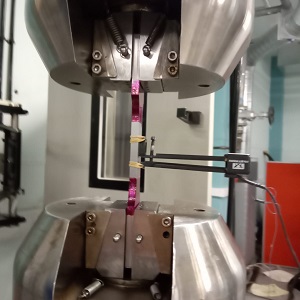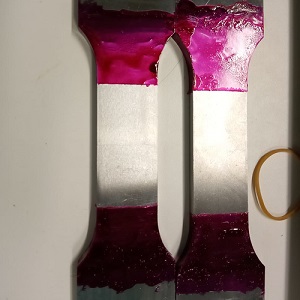The development of a hydrogen (H2) economy in the UK has been identified as a priority area in achieving net zero by 2050. Delivering this challenging target will involve the production of large volumes of hydrogen and will require the rapid development of a safe and cost-effective H2 pipeline transmission network.
Previous research in this field allowed us to realise the knowledge gaps in understanding the negative effect that hydrogen can have on the ductility and toughness of carbon steel, (H2 embrittlement), which can lead to cracking. Therefore, in order to make a safety justification for the design of new pipelines and/or the reuse of existing pipeline materials, guidelines are required to close these knowledge gaps.
We aim to continue our research through projects within this field and have many objectives including:
- Develop methods for mechanical properties measurement and in-situ crack propagation measurement for use on pipeline sub-size specimens and completion of full J-curve fracture toughness.
- Investigate the effect of notch and specimen geometry on fracture toughness in line with requirements for fatigue pre-cracking and notching.
- Produce guidelines to inform standards and industrial practices for assessment of the mechanical properties in hydrogen environments.


